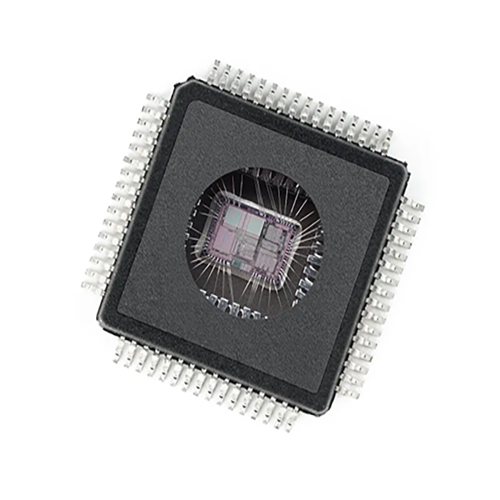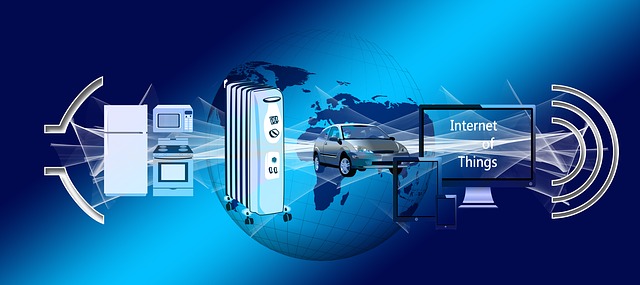What are Sensors used For?
In the modern world, technology has permeated every aspect of our lives, making our environments smarter and more responsive. One of the key components enabling this transformation is the humble sensor. Acting as the eyes and ears of technology, sensors play a crucial role in capturing data from the physical world and converting it into meaningful information. In this blog, we will explore the fascinating world of sensors, understanding their definition, types, and the diverse environmental factors they monitor.
What is a Sensor?
At its core, a sensor is a device that detects and responds to specific changes or events in its environment. It is often referred to as the front end of the "Internet of Things" (IoT) revolution, as it gathers essential data and transmits it to connected systems for further analysis and decision-making. Sensors act as the vital link that bridges the physical and digital realms, enabling machines to perceive and interact with the world around them.
Types of Sensors
Sensors come in various shapes and sizes, tailored to monitor different environmental factors. Let's categorize them based on the type of environmental factors they observe:
▼Temperature Sensors: These sensors measure the ambient temperature and are commonly found in weather stations, thermostats, and electronic devices to regulate temperature.
▼Pressure Sensors: Pressure sensors detect changes in pressure, enabling applications like weather forecasting, industrial processes, and tire pressure monitoring in vehicles.
▼Proximity Sensors: Proximity sensors identify the presence or absence of an object without physical contact. They are often used in smartphones, automated doors, and robotics.
▼Humidity Sensors: Humidity sensors gauge the moisture level in the air and are crucial in weather monitoring, greenhouses, and HVAC systems.
▼Motion Sensors: Motion sensors detect movement and are prevalent in security systems, gaming consoles, and automatic doors.
▼Light Sensors: Also known as photodetectors, these sensors measure the intensity of light. They find applications in cameras, automatic lighting systems, and ambient light adjustment in devices.
▼Gas Sensors: These sensors detect the presence and concentration of gases, used in air quality monitoring, industrial safety, and gas leak detectors.
▼Accelerometers: Accelerometers measure acceleration forces, found in smartphones for screen orientation and in motion-sensitive devices.
▼Sound Sensors: Sound sensors, like microphones, capture sound waves and are integral in voice recognition, audio recording, and noise pollution monitoring.
▼Biometric Sensors: Biometric sensors analyze unique physical traits, such as fingerprints and facial features, for identification and security purposes.
How Sensors Work
The operation of sensors varies depending on their type, but they generally follow similar principles. A sensor consists of a sensing element, which undergoes changes in response to environmental factors, and a transduction mechanism that converts these changes into an electrical signal. The signal is then processed, and the data is conveyed to the relevant systems.
For example, in a temperature sensor, a thermocouple or a thermistor might be used as the sensing element. When the temperature changes, the resistance of the thermistor or the voltage across the thermocouple changes accordingly. This change is converted into an electrical signal and relayed to the connected system.

The Importance of Sensors
Sensors play a crucial role in various industries and aspects of life, enhancing efficiency, safety, and convenience. Some of their key contributions include:
●Automation: Sensors enable automation by providing real-time data, allowing machines to adjust and perform tasks without human intervention.
●Environmental Monitoring: Facilitate the monitoring of environmental conditions, aiding in weather forecasting, pollution control, and climate studies.
●Healthcare: In the medical field, sensors are used for monitoring vital signs, diagnosing diseases, and providing precise treatment.
●Transportation: Sensors are employed in vehicles for navigation, collision detection, and driver-assistance systems, enhancing road safety.
●Manufacturing: Industrial sensors optimize production processes, ensuring quality control and preventing equipment failures.
Conclusion
Sensors are the unsung heroes of the technological revolution, enabling the seamless interaction between the physical and digital worlds. With their ability to monitor diverse environmental factors, they empower technology to become more intelligent, responsive, and adaptive. As technology continues to evolve, sensors will remain at the forefront of innovation, driving progress and improving our lives in ways we couldn't have imagined before.




 Need Help?
Need Help?







